A SUCCESS STORY
While being a national reference and existing in our most recent collective memory, FIL’s historical account began to be written much earlier, during the 19th century.
FIL was in Portugal the precursor in the organization and realization of events with a distinctive international dimension.
Since 1957, date of the inauguration of its grounds at Junqueira, FIL has welcomed millions of visitors and exhibitors originating from the four corners of the world. These were key steps in the path to the internationalization and growth of the national economy.
The Polyvalent Pavilion was concluded in 1989, afterwards designated as FIL Congress Center and presently, Lisbon Congress Center.
In 1999, upon moving to its new fairground at Parque Expo, FIL took a gigantic leap into the modernization of the activity of organization and realization of events in Portugal. From this date forward, our country now boasted the installations whose size, architecture, location and multifuntionality allow it to remain a permanent front runner in the route of large international events.
The area at Junqueira was then remodeled and became permanently known as “Centro de Congressos de Lisboa”- Lisbon Congress Center. An ample and modern space boasting three more pavilions, corresponding to a total of 10.000 sqm to welcome large events in adequate installations and give extension to the project which endows the city of Lisbon with a large and modern Congress Center.
The growth of events in Lisbon Congress Center became particularly evident from1995 on, increasing 120 events held that year with a total of 55.000 participants, to 250 events in 1999 and 180.000 participants, which was a key lever in the positioning of Lisbon among the foremost world destinations of International Conventions and Meetings.
FIL’s move to the new installations at Parque das Nações in 1999, made it immediately possible to increase the availability potential of the venue. Lisbon Congress Center now boasted three more pavilions, corresponding to a total of 10.000 square meters that would host large scale events in adequate installations as well as give sequence to the venture of providing the city of Lisbon with a large and modern Congress Center by means of the renovation and extension of the actual premises.
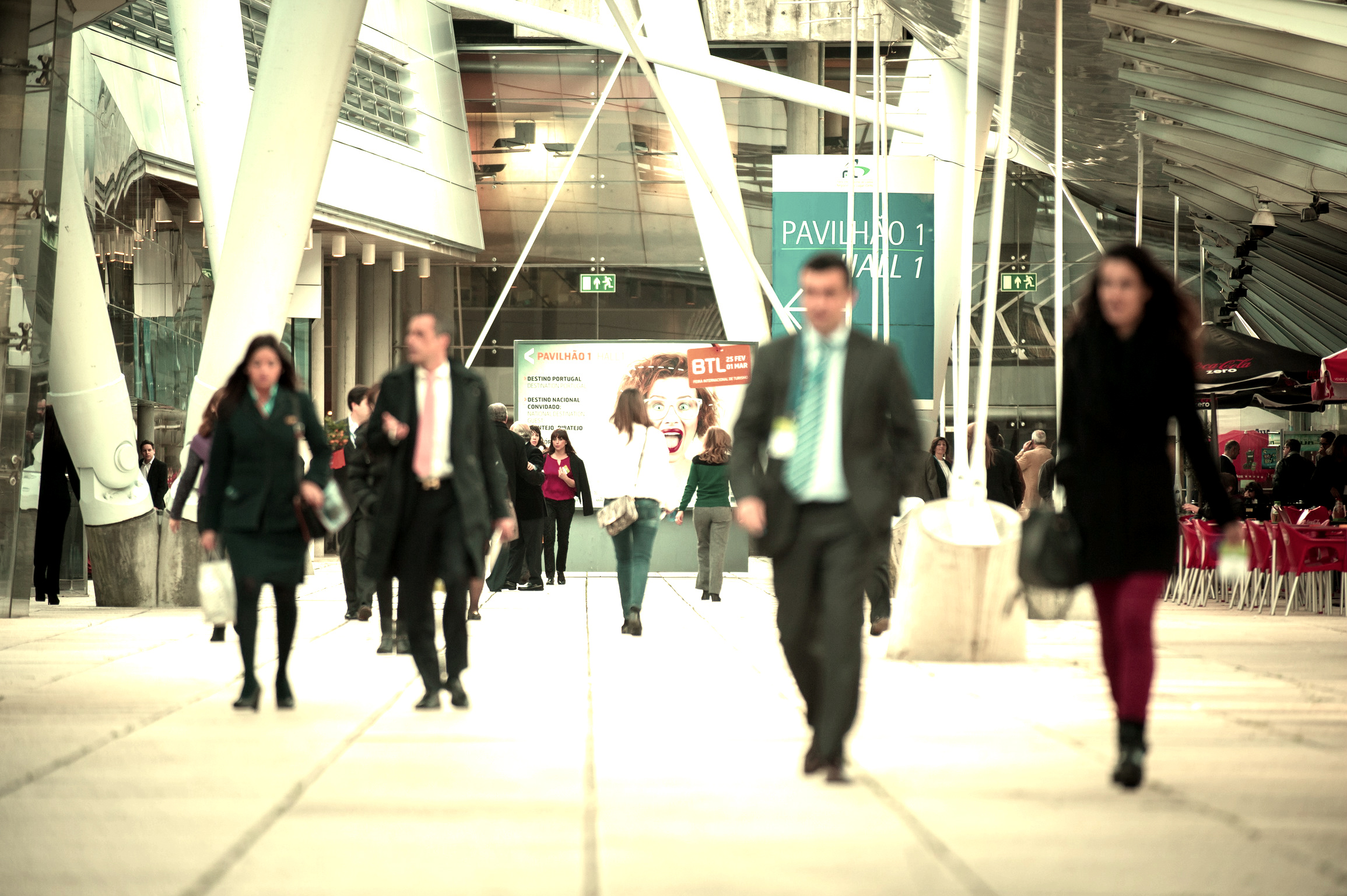
Present day
FIL – Lisbon Exhibition and Congress Centre venue annually hosts approximately 40 events. The activities that take place at FIL range from organization of trade shows, to venue rental to third parties, as well as to a vast array of complementary services intrinsic to exhibitions.
array of complementary services intrinsic to exhibitions.
With annual, biannual and biennial frequency, the Exhibitions are geared to the most diverse business activity sectors, among which we highlight Tourism, Furniture, Food, Hotels, Decoration, Construction, Handicrafts, Cultural Industries among others.
The multiplicity of fairs (multi show, sectorial or multi-product) distributes itself between professional trade shows, public or mixed fairs.
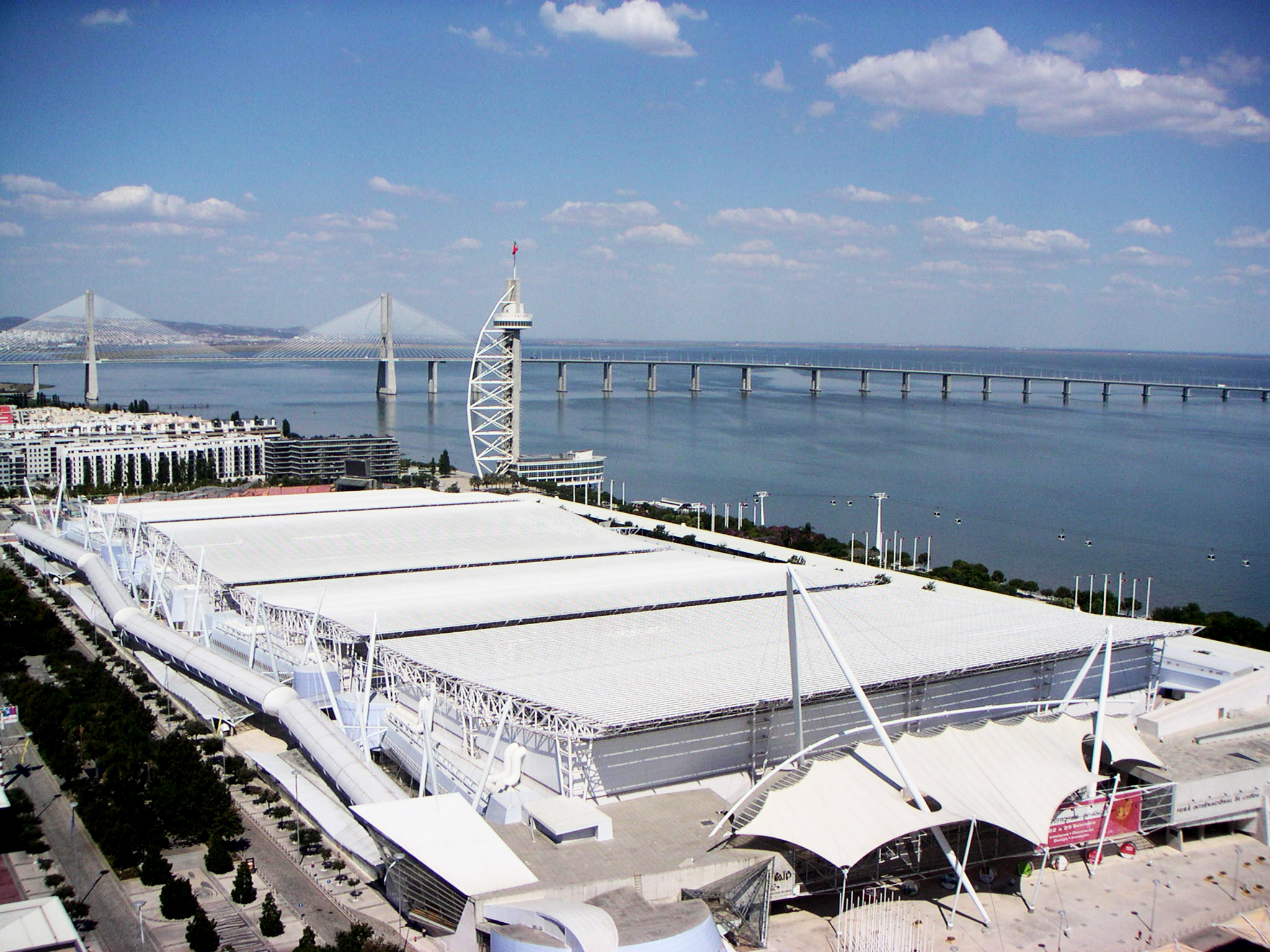
1998 – Parque das Nações
FIL’s premises are, since the end of Expo’ 98, located at Parque das Nações.
During Expo’98, the installations were used for this event, however, the construction project created by architects A. Barreiros Ferreira and A. França Dória, was purposely developed for FIL’s new fairgrounds.
On March 13th, 1999, Nauticampo exhibition inaugurated Fil’s new fairground.

1960-1967 – An Exhibition of General Scope
The only (annual) exhibition of periodic realization is maintained – Feira Internacional de Lisboa (International Fair of Lisbon) reaching all economic sectors (it was a general show).
In 1967, monographic shows of periodic realization (annual or biennial) appear for the first time.
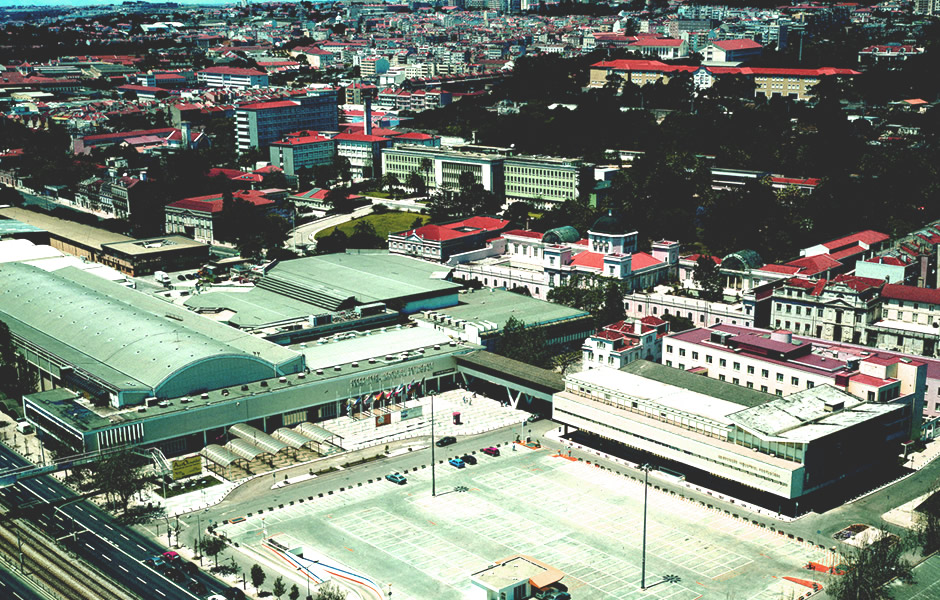
1960 – The first Feira Internacional de Lisboa (International Fair of Lisbon)
The history of Feira Internacional de Lisboa (International Fair of Lisbon) cannot be disconnected from that of AIP, constituting since always, its most visible part or most renown.
If AIP Foundation, is considered one of the first manifestations of business associations of the country’s contemporary history, then the exhibitions that took place, and for which it was responsible for, (Industrial Exposition of Rio de Janeiro and Paris Universal Exposition) can, with due justice, be considered FIL’s (International Fair of Lisbon) initial steps.
In 1861, 1863 and 1865, important industrial expositions are developed by means of the initiative and direct collaboration of AIP, thus beginning one of its key purposes: the promotion of industrial fairs.
In October of the year 1960, the International Fair of Lisbon, as organizer of fairs, becomes a member of UFI (Union des Foires Internationales).
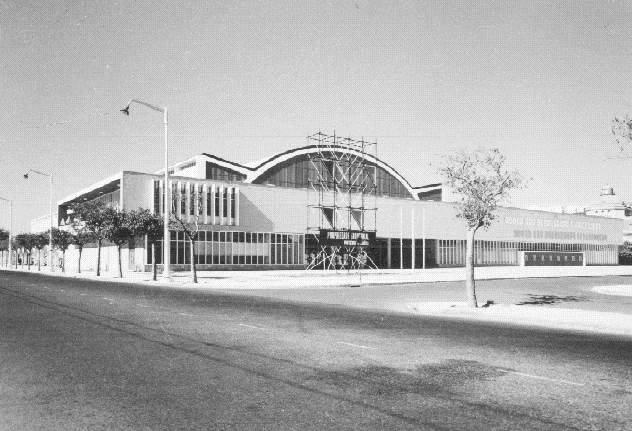
1957 – Inauguração do Pavilhão Keil do Amaral
É em Maio de 1957 que é inaugurada a sua primeira grande estrutura física, (a ela ficando ligados os nomes dos Arquitectos Keil do Amaral e Alberto Cruz).
A partir desse ano a actividade de FIL vai desenvolver-se com regularidade visando, por um lado alargar o número de sectores económicos cobertos pelas suas feiras, por outro introduzir progressivamente diversas mais valias nas próprias realizações, por exemplo melhores serviços para expositores e visitantes, organização de workshops temáticos, etc.
Se em 1957 a FIL arranca com a Feira das Indústrias Portuguesas (à data um enorme sucesso que juntou “uma unanimidade inusitada em Portugal” de acordo com “Jornal de Comércio” de 22 de Junho desse ano) a história das realizações da FIL é facilmente datável.
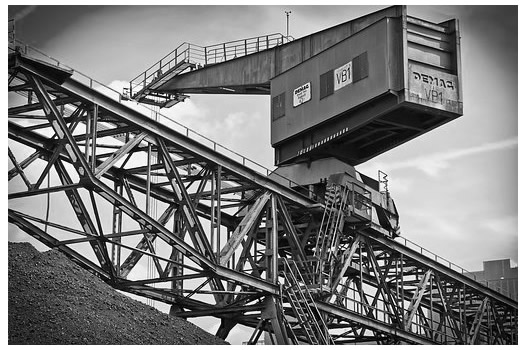
1945 – Crescente Internacionalização da Indústria
Feita a paz, após 1945, podemos verificar que “ a realização de feiras nos países europeus cresceu, progressivamente, nos anos subsequentes à II Guerra Mundial.
Todavia, foi sobretudo nas últimas duas décadas que se registou um crescimento mais significativo destes eventos, com o reconhecimento da sua importância como meio essencial de marketing das empresas/entidades expositoras e dos territórios.
Assiste-se a um aumento global das feiras como espaço privilegiado e eficiente de divulgação de novos produtos e serviços, em virtude da crescente internacionalização da indústria e dos serviços, da procura de novos parceiros comerciais e do aumento do grau de cooperação inter-regional e internacional.

1925 – Evolução das feiras na Europa
No decurso do século XIX, e princípios do século XX, várias manifestações “feirais” vieram desenvolver a indústria das feiras.
O ano de 1925 marcou decisivamente a evolução das feiras na Europa,, com a fundação, por 11 países, da Union des Foires Internationales “UFI”. O principal objectivo desta organização era, por parte dos diferentes países, o reconhecimento do carácter internacional das suas feiras de amostras.
A sua criação respondeu ainda a necessidade de fundar um organismo de cooperação entre as feiras internacionais, oficialmente reconhecidas pelos poderes públicos dos respectivos países.
Pertence também à UFI o papel de representar, apoiar e controlar a qualidade das feiras aceites como internacionais (para além de coordenar e arbitrar litígios).
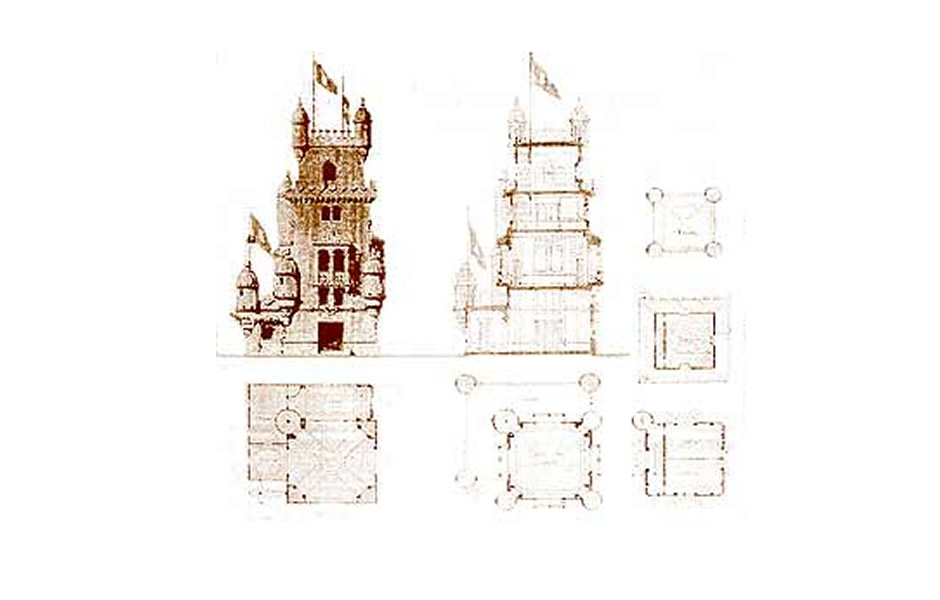
1888 – Exposição Nacional das Indústrias Fabris
Historicamente sempre atenta aos movimentos geradores do desenvolvimento das indústrias nacionais e suas empresas, a AIP começa, em Portugal, a concretizar, nos finais do século XIX, as primeiras manifestações/mostras de produtos, indo ao encontro do que pela Europa fora se iniciara, desenvolvera, e ganhara cidadania (fazer feiras).
Assim, além das pequenas exposições de 1861 e 1863 (…) realiza, em 1887 a primeira Exposição Nacional das Indústrias Fabris, evento que concentrou na actual Praça de Marquês (numa área total de cerca de 27000 m2) mais de 1200 expositores (dos quais 418 eram industriais da capital).
Em 1889, (…) organiza a representação de Portugal na Exposição Universal de Paris, comemorativa da Revolução Francesa” (…), para em 1929 organizar, no Estoril, a Feira de Amostras da Indústria Nacional, preparativa da Grande Exposição Industrial Portuguesa, realizada três anos mais tarde no Parque Eduardo VII.


